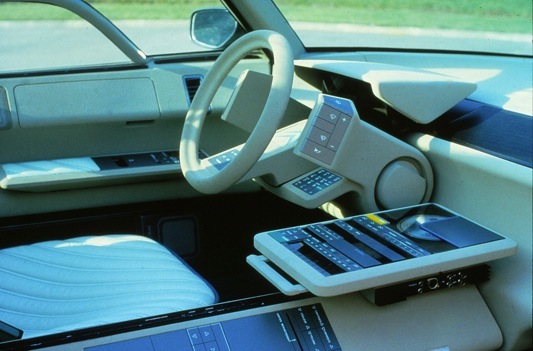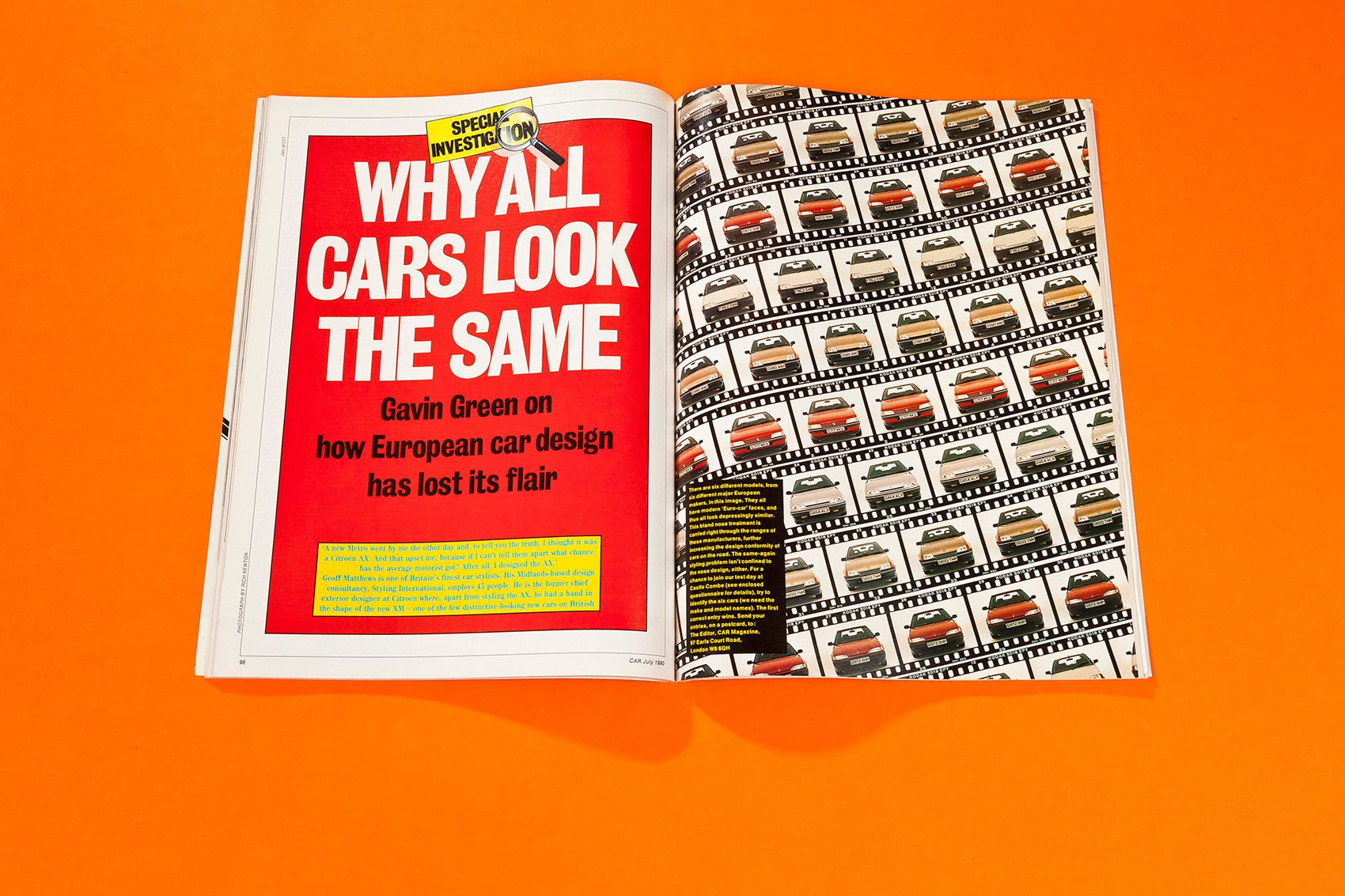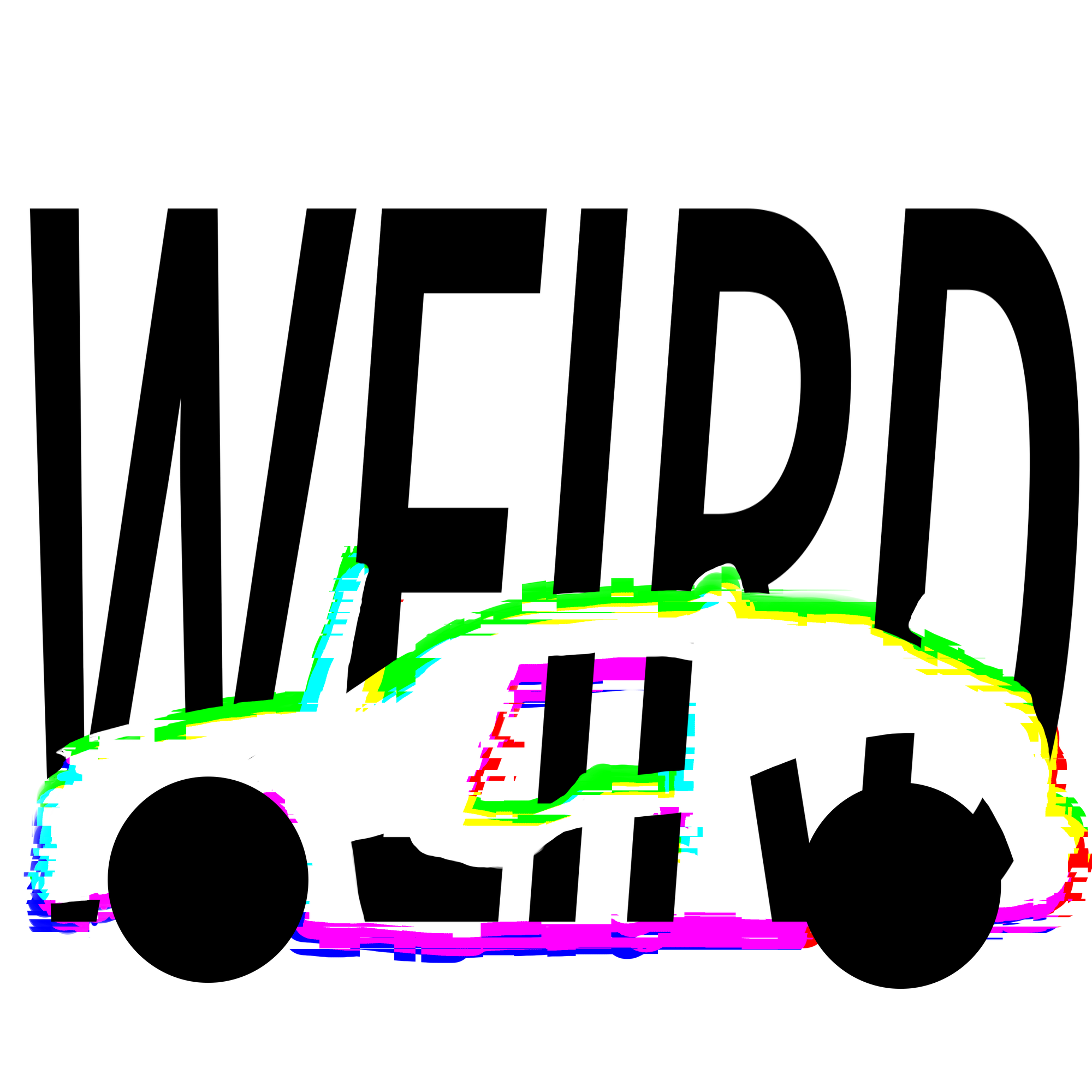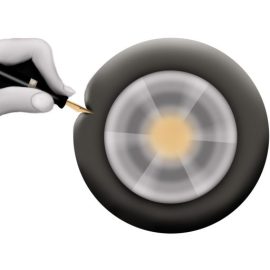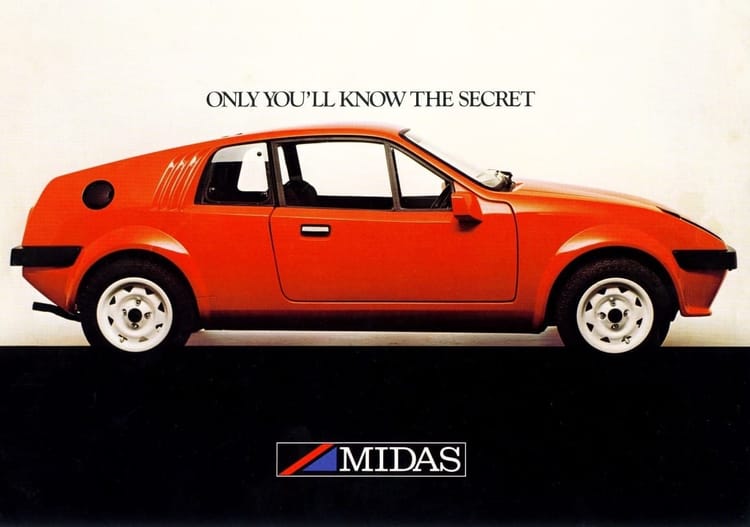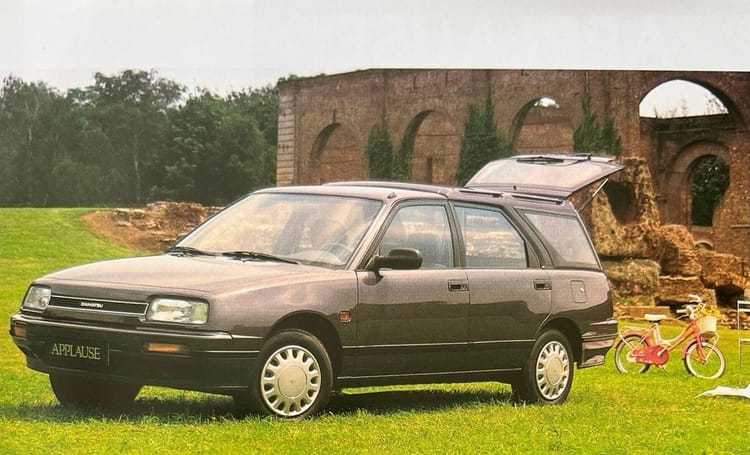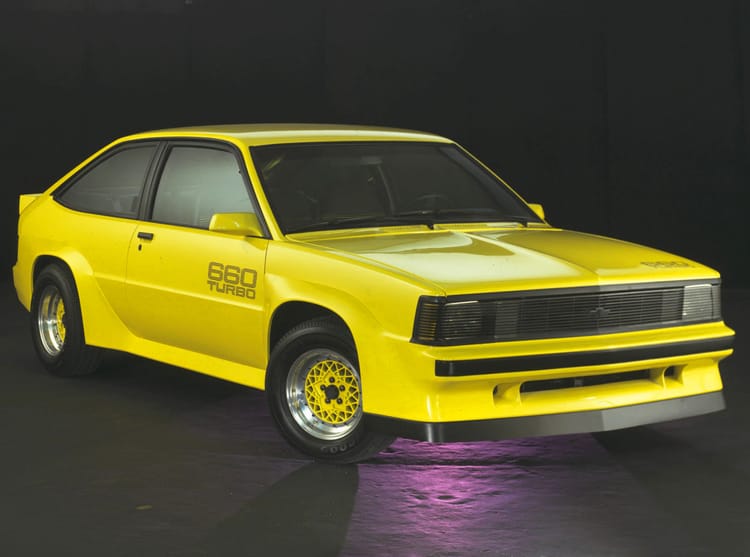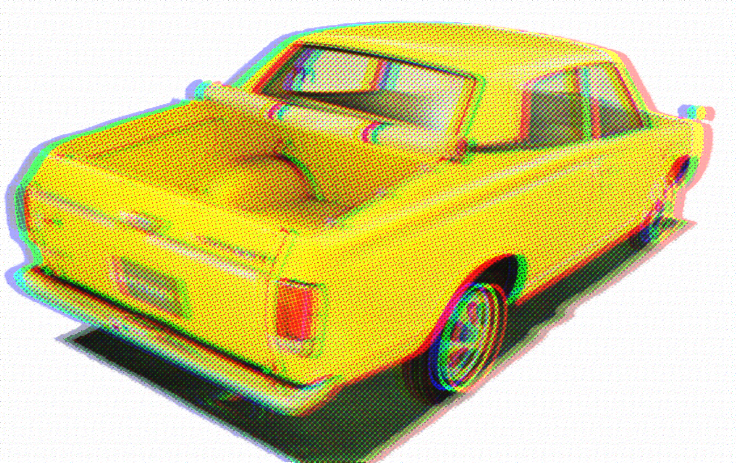Citroën EOLE
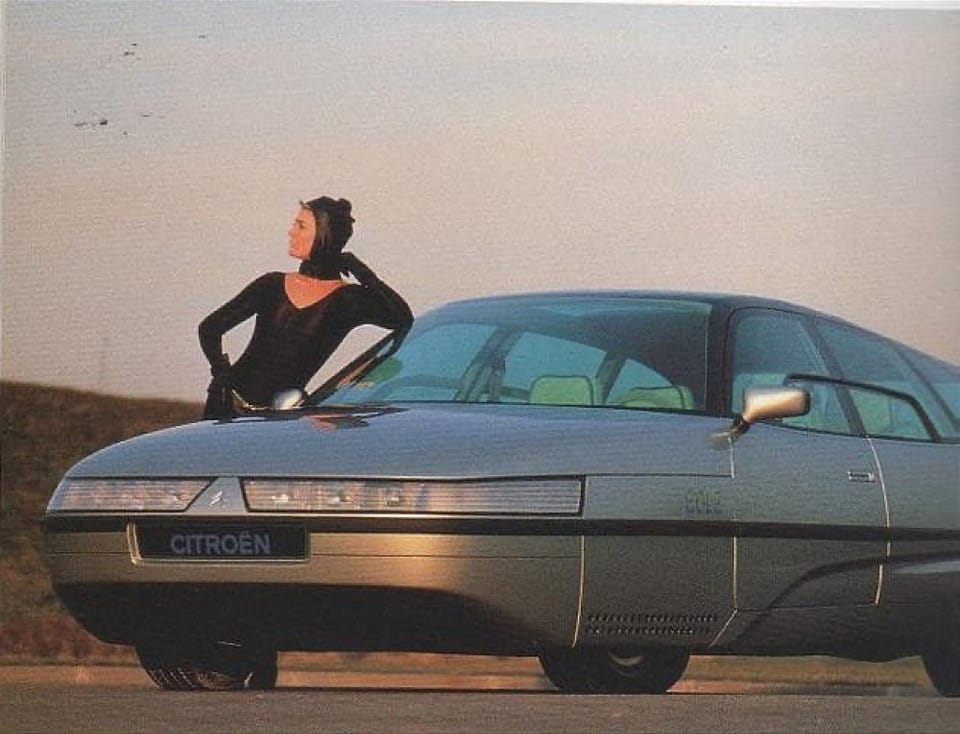
This low-polygon concept car is the first Citroën designed entirely by computer, with a production CX providing the oily bits underneath.
We’re 40 years on, and part of me wants to grieve for the future cars such as EOLE envisioned. The other parts are staring in fascination at its soap bar form and generously batshit interior tech — including a removable center operating system.
Automakers, bring this back! I would wear my EOLE computer everywhere, which would cause anyone nearby to give me an additional 2-4 ft. of personal space. Genius.
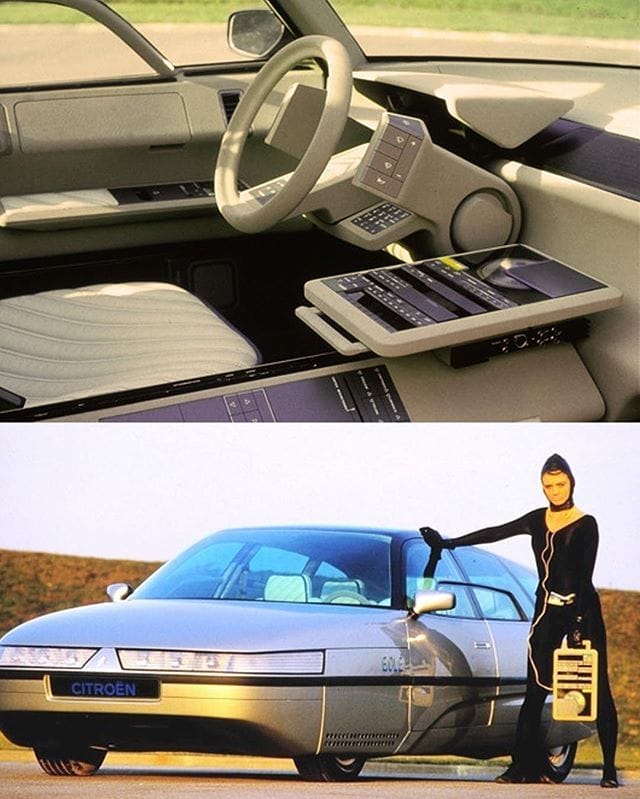
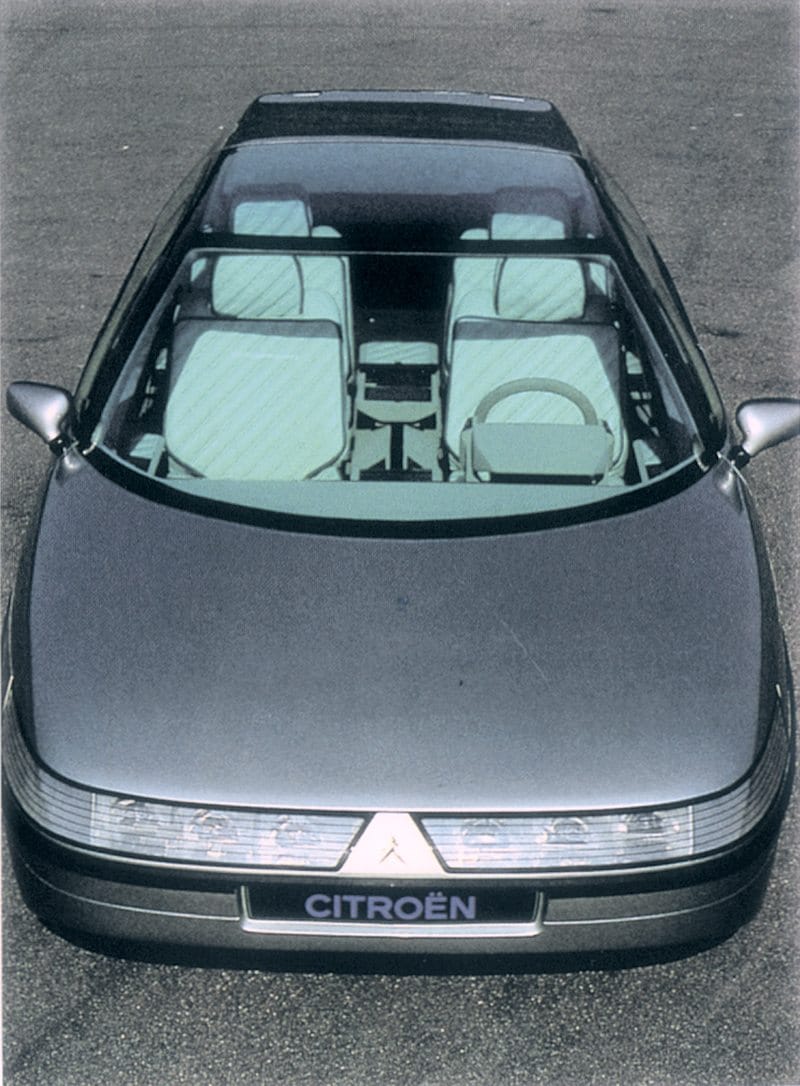
I’ll get back to the car in a minute, however the next most important item to note is tucked into a 1990 CAR magazine interview with the EOLE’s designer, Geoff Matthews, who said of the situation of the time:
“The car industry is becoming increasingly cost-conscious, owing to the huge sums now involved in launching a new model. As a result, most managing directors are now finance-based, not product-based. And they’d rather play follow my leader than innovate. It’s safer that way. It may not be lucrative, but – for truly innovative ideas are usually highly profitable. And it may not be better for the industry. But it’s safer, and less likely to lose money.
“The phobia all major manufacturers have about market-researching a car has also stifled innovation. Of course, you can understand management wanting some feedback from the general public, before committing hundreds of millions of pounds to a project. But many clinics – where the public pass judgement on new prototypes – just aren’t done properly.”
OK, so management are risk-averse, and customer research can be flawed, but automotive design is surely immune to ever becoming stale? I see where this is going…
Answering a separate but related question about being a design director, Matthews gets more specific about how the years working within the industry do their own part to stifle advanced design conversations and projects at the top of the decision-making tree.
“Being the director of styling at a big car company is now a very difficult job. The stronger you are, the more likely you are to get fired. Go back and argue, like Bill Mitchell used to in the old days, and they’d sack you. Car company bosses want compliant stylists. When I worked at Citroën, I came to the conclusion that the only way I could really influence the styling of our cars – in a major way – was if I became a managing director.”
“The problem now is that young designers enter a big company at 20, full of ideas, passionate about the business. It takes a further 20 years or them to get into a position where they can exert any influence. And, by that stage, they’ve become part of the establishment. They’ve had to be: otherwise they wouldn’t have got into a top position. Their raw ideals, their passion, has been distilled.”
It’s not so much that vehicles won’t become more advanced — they will. Or that they won’t become safer, faster, whatever — new benchmarks are set each year.
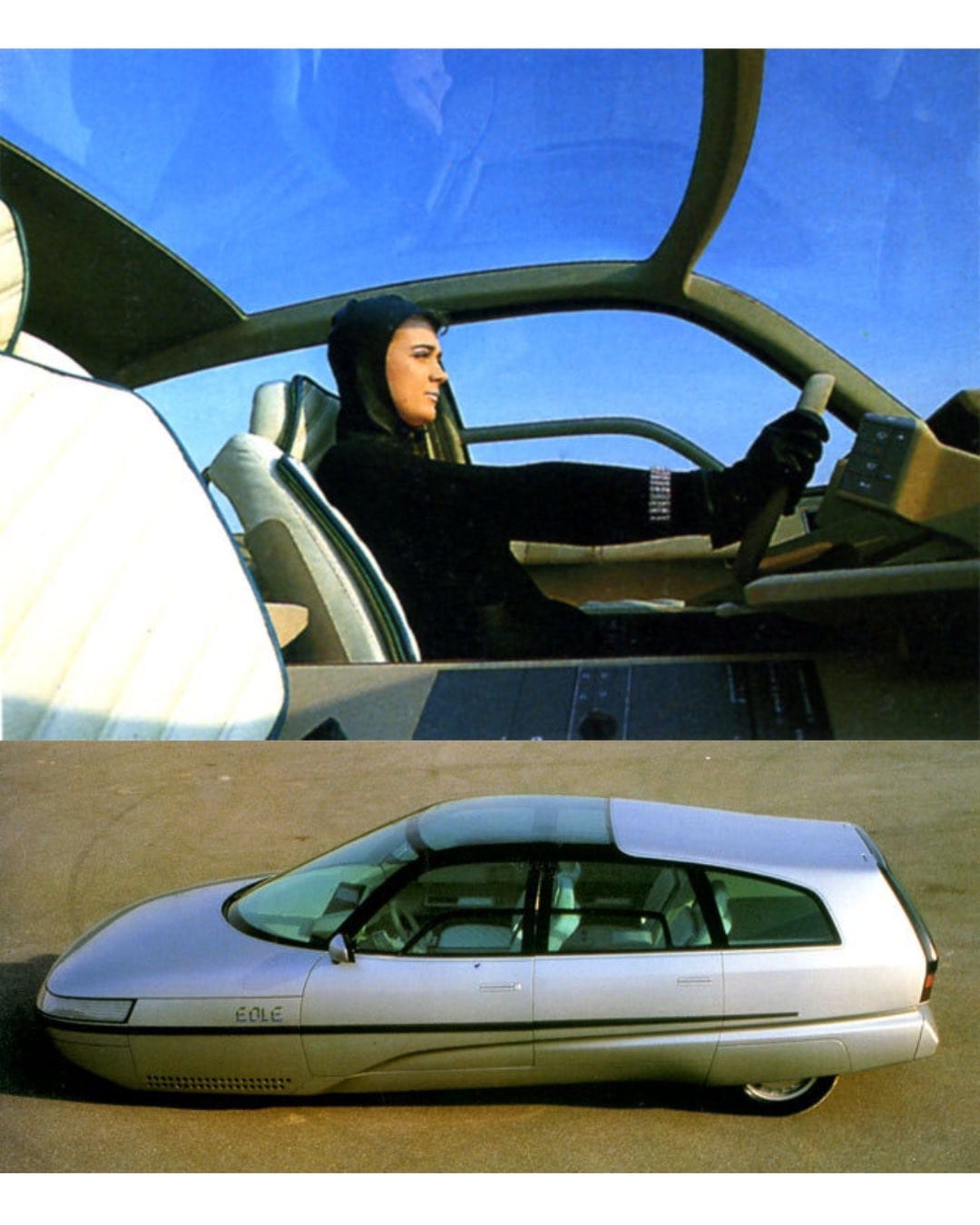
It’s the realization that, with progress, and time, every aspect of the automobile will continually be refined into being the best possible consumer product. And passionate observers will continue to be biased against this progress, because they are the only ones who will notice the change.
If you believe design professionals from 35 years ago, people thought the very same things then as they do now.
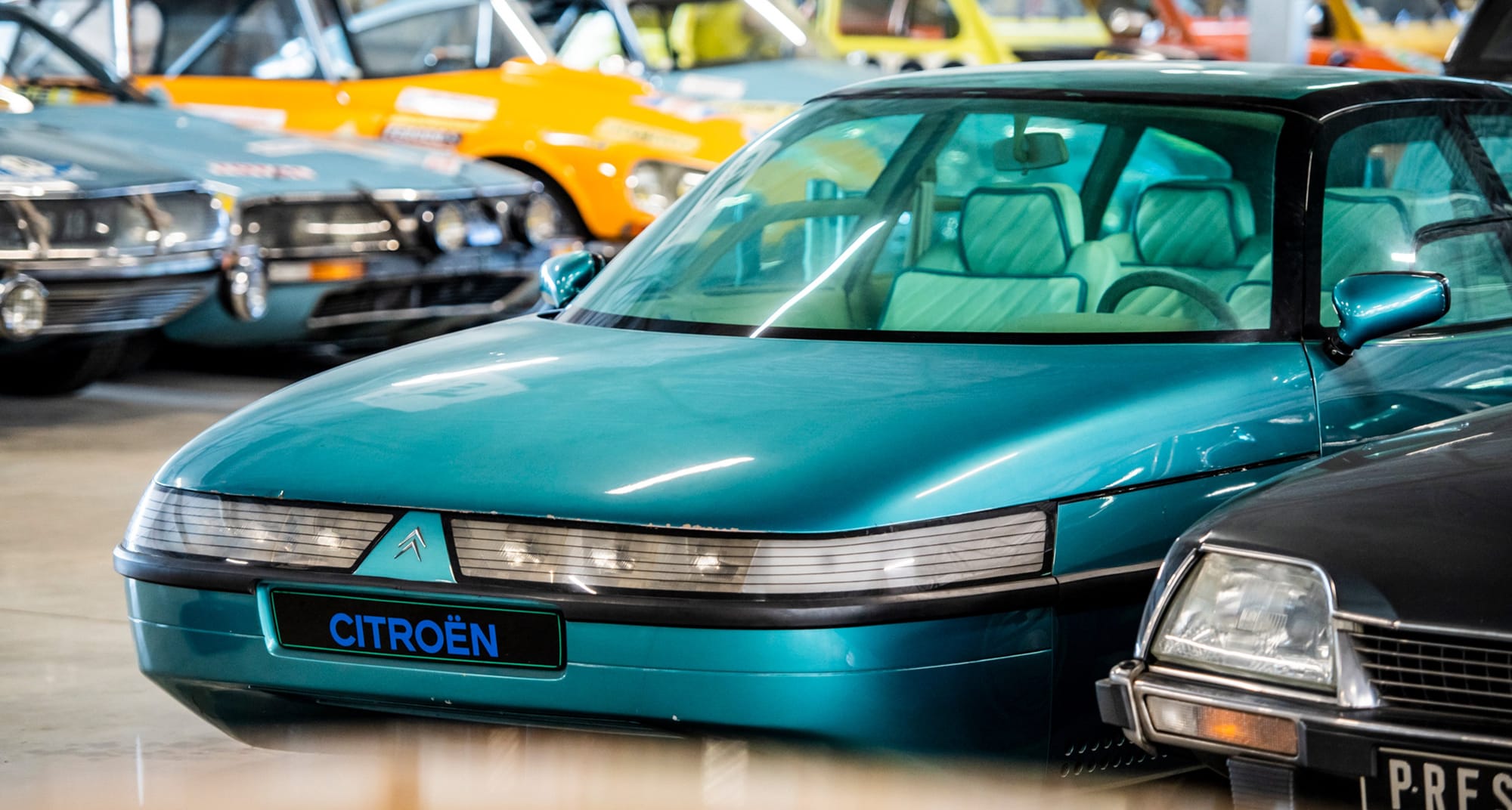
This is why, to me at least, the EOLE will look futuristic for a very long time, despite being light years in capability behind most (if not all) new cars on sale: because the future it presents hasn’t happened yet, and probably won’t.
Like many of the most memorable concept cars, it is the future, doomed to the past.
Given EOLE was refurbished into a new colour (blue) and it has largely production car underpinnings, this now-classic Citroën has a bright future ahead of it as a relic from the past when even the best computers struggled to render low-polygon cars.
Perhaps this goofy, hydropneumatics-actuated front wheel fairing’d sedan with a stated 0.19 Cd serves as a reminder of how creative we can be when given a set of constraints.
Think about the 2025 models you’re excited for, and the multiples of computing power available in order to create their form and function. Would you rate the low-poly EOLE above…one, maybe two of them? If so, why?
More on the EOLE:
